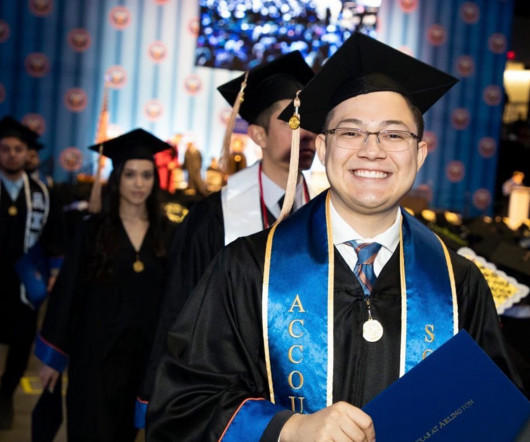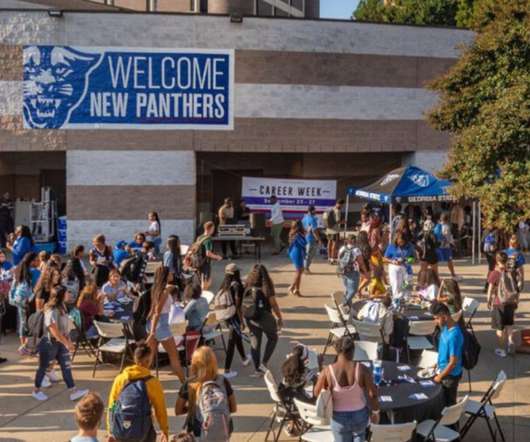On a Mission: Damon L. Williams Jr., Takes on the World
Diverse: Issues in Higher Education
NOVEMBER 6, 2024
It’s why, in his late twenties, he chose to volunteer at Georgia State University (GSU), speaking to young college students about his successes. His dedication to the work would eventually increase student placement rate for Xavier by 50%, building a pipeline to both Ivy League institutions and regional or local graduate schools.












Let's personalize your content